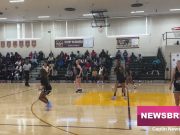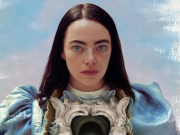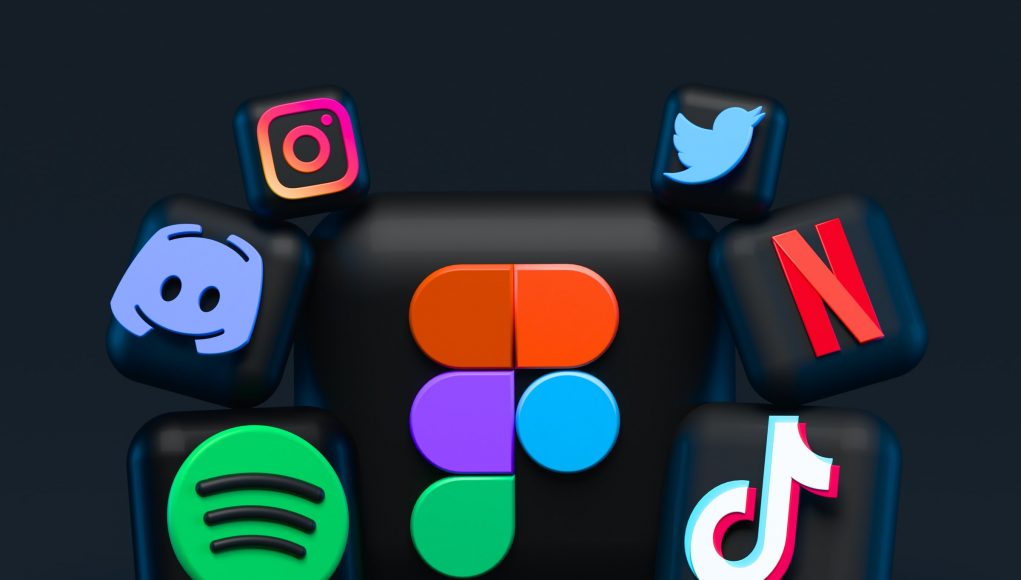As influencers and content creators continue to utilize social media as a major platform to share their work, the pressure to reach and please audiences worldwide also continues to rise.
Whether through YouTube, Instagram, or TikTok, dancers who have turned to social media as a main source to express their talents are in a constant rush to deliver unique posts made for audiences to enjoy. With a massive amount of likes, comments, and follows each day, many dancers feel their mental health is impacted by the pressures of social media, in both negative and positive ways.
Conchita Isdiiawan, 20, has been sharing dance videos and vlog-style content on Instagram for about three years under the username @helloconchita. Though the dancer from Canada started with nothing but a hobby for filming and editing videos, she now has over 12.2K followers on Instagram, and her account interactions continue to grow.
Isdiiawan said she turned to social media as a way to pursue her hobbies and visualize her growth as a dancer over the years, but acknowledges there are still many hardships.
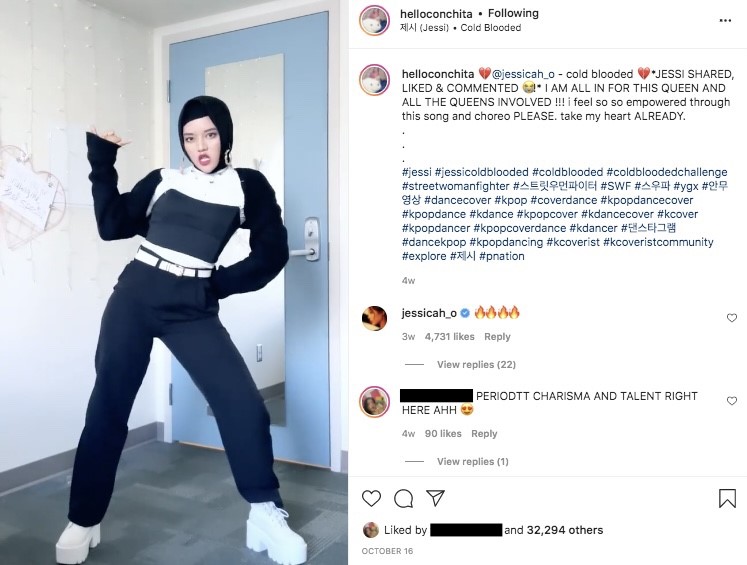
“The pressure of becoming a content creator is always the expectation that you feel others may have about you,” she said. “Whether you’re improving or not, there is the pressure of always trying to seem perfect and put together, when sometimes, that is not the case.”
In this 21st-century world where individuals can hide behind a screen to harass others and leave negative comments on their pages, Isdiiawan shared that she had often felt scared or anxious to post. Now, she has learned to transform the harsh things cyber critics have said about her appearance into aspects of herself she is proud of because they set her apart from others.
“Especially in this [online dance community], there are not many who wear the hijab, but it is a part of me,” she said. “My signature is about being creative and stylish with my outfits, and being very open about my feelings and ideas, while also sharing my dance skills as someone that some people might call different.”
Isdiiawan expressed that though she was not as confident when she first began sharing dance videos, she believes her self-esteem has improved by making content to express herself. Whenever she has felt overwhelmed or anxious, Isdiiawan has taken mental breaks away from social media until she has felt ready to post again.
“If I forced it and continued on when my mental health was down, I [would] become afraid that those negative feelings would linger onto my hobbies,” she said. “Taking a break, resting, and being surrounded by my loved ones is how I restart.”
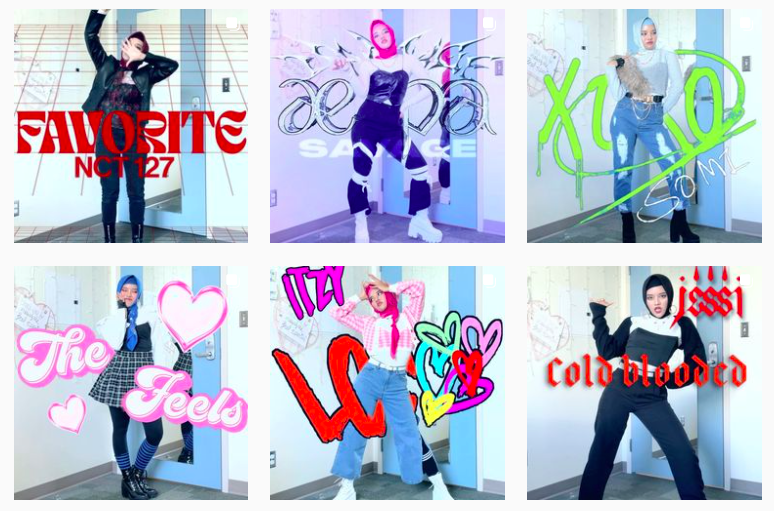
Now, Isdiiawan believes her platform grants her the opportunity to invest in her passions, by filming, editing, and dressing up to share her videos with those willing to watch. With countless other creators like herself, she has also been able to interact with people from all around the world.
“Being on social media has opened my eyes, heart, and mind to a greater world full of people who may be different from me, live across oceans, and more,” Isdiiawan said. “I think that is also one of the most precious things that I have gained by having my platform.”
Isdiiawan is only one of the millions of dancers who have utilized social media to express their artistic abilities. Another dancer, Jessica Burs, 20, recently began posting videos on TikTok and has already experienced content creation’s many ups and downs.
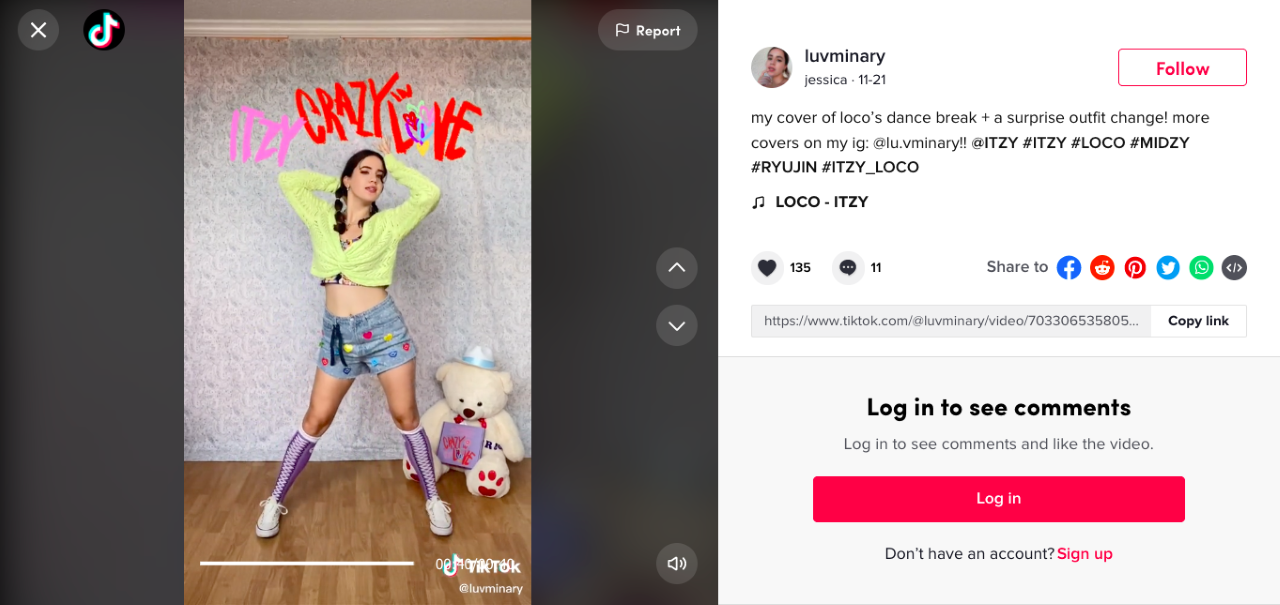
“When it comes to being a content creator, I feel the greatest pressure is always staying up to date with the latest releases and creating content based on what is trending,” she said. “Constantly pumping out content definitely puts a lot of pressure, especially when I have [to focus on] academics and other responsibilities.”
Social media offers content creators the ability to share their talents with millions of people, receive compliments and recognition for their hard work, but with this ability to reach so many, there is also the chance of getting hate comments, harassment, and potentially worsening one’s mental health.

“Social media is a public domain, and unfortunately, that means exposure to hateful people, so it’s important to not let them get to your head,” Burs said. “When sharing content on social media, it is important to [recognize] that there will be people who don’t understand what you do or might not like what you do, and that is okay.”
There is no doubt that one’s self-esteem, confidence, and drive can quickly weaken when creators are faced with the negative effects of reaching thousands online. However, Burs believes an important part of being a dancer is learning to overcome this.
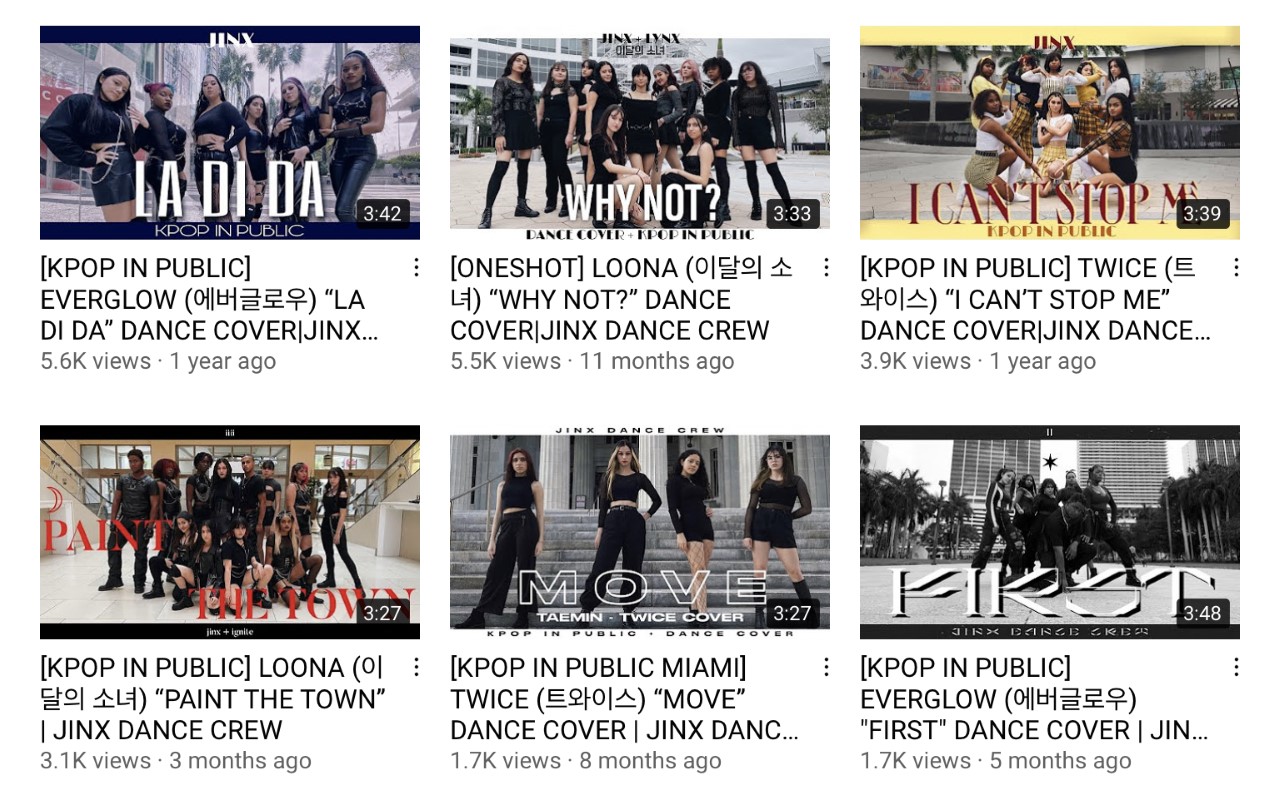
Another dancer who chooses to focus on the positive aspects of content creating is Tayjah Brown, 19, the leader of JINX Dance Crew, a K-Pop dance cover team based in Miami, Florida. The 15-member dance team started posting videos in 2019 on YouTube, where they recreate the performances of well-known Korean artists like BTS, BLACKPINK, and TWICE.
Some of their most popular ‘dance covers’ have earned them thousands of views and recognition from other dancers and fans of K-Pop. With every video posted comes the demand to perfect the choreography, coordinate outfits, and film in public locations to match the original artists and share with K-Pop listeners worldwide.
“There is always the pressure to keep up with any new trends that come up,” Brown said. “As long as we are doing what we love, it doesn’t matter as much. There’s no rush to create.”
YouTube has become a major platform for dance groups like JINX to utilize as a source to share their performances. As countless other teams around the world do the same, Brown explained there is still an undeniable urge to compete with these similar content creators when sharing the group’s dance videos.
“People can be tough critics, but I have learned to ignore that,” she said. “You can get compared a lot, but now I encourage having fun and friendly competition!”
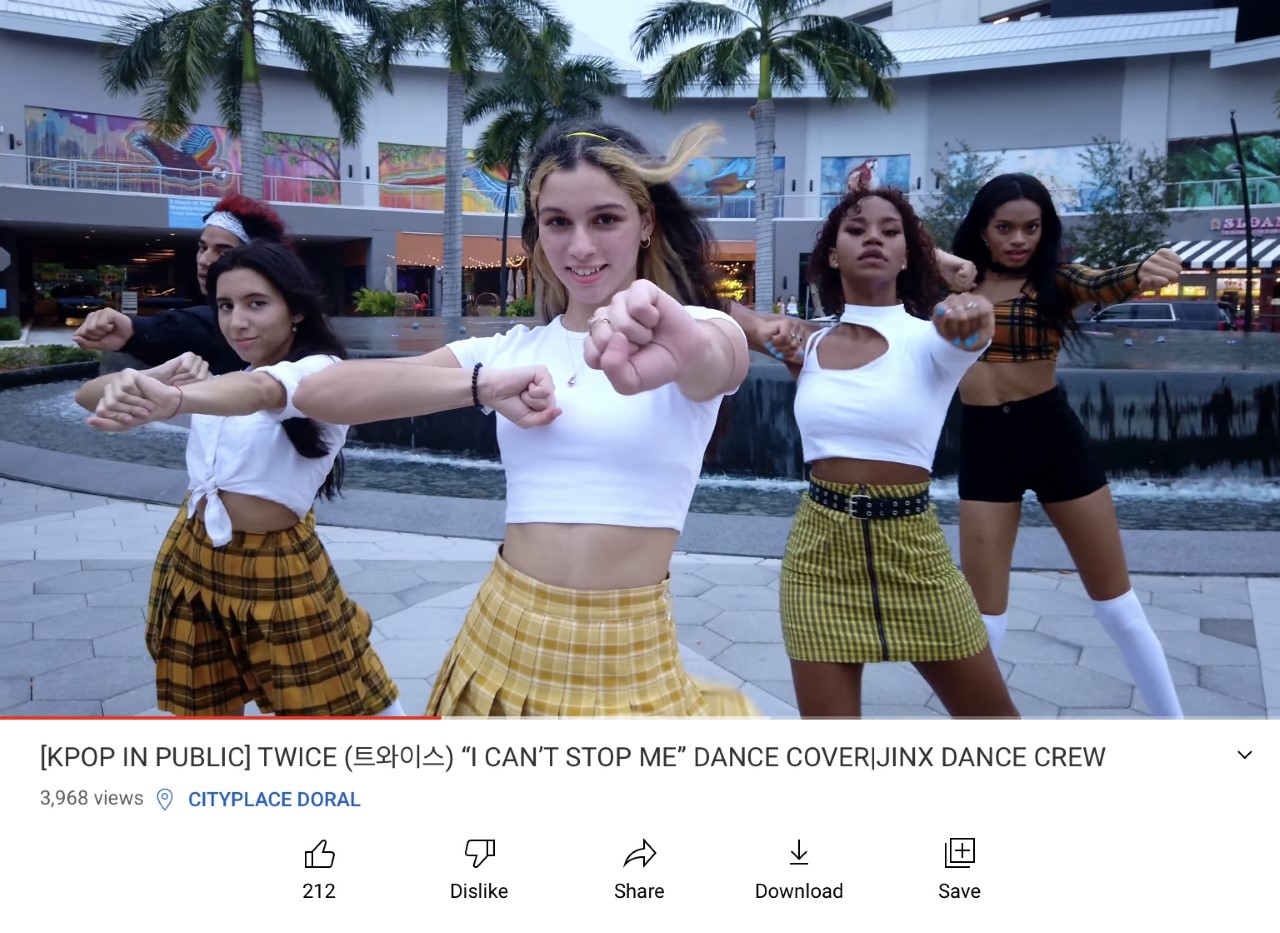
Being a dancer can already carry its own difficulties, but stress may be heightened when dancers take to social media to face a virtual audience full of both fans and critics 24/7. Performances can end after dancing on stage or at a competition, but the Internet is constantly active. There is never a moment when dancers on social media are not being watched, but rather than being overwhelmed by any negative impacts, these content creators have used the pressures they experience as a drive to move forward.
“I think the most important thing is to have fun,” Brown said. “Sometimes people may tend to forget, but that’s the whole point of creating content — to do what you love.”




















